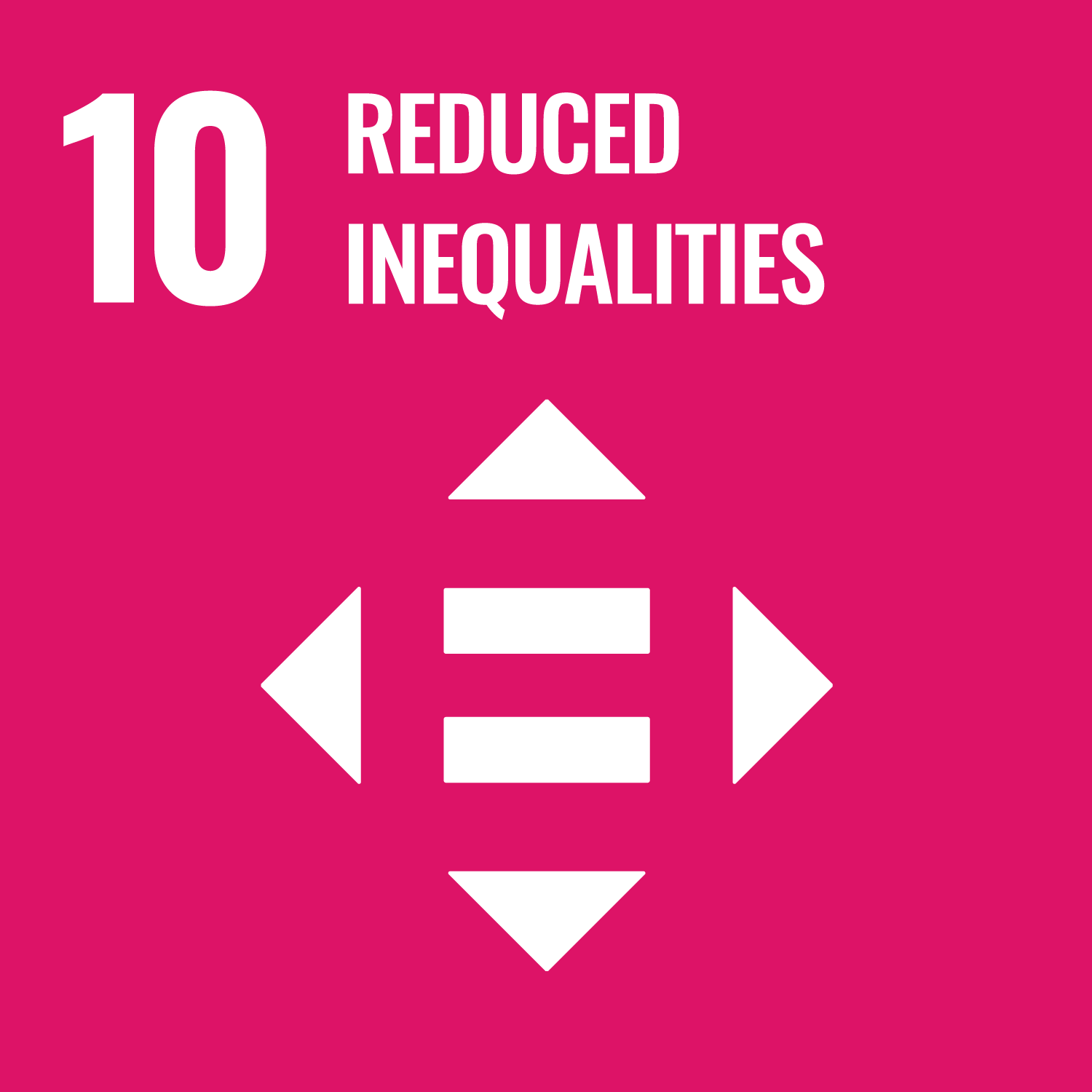ORCID
- G Hodge: 0000-0003-1961-1664
Abstract
Purpose Suicide can be an emotive, and at times, controversial subject. The purpose of this paper is to reflect on the social, health, personal, and cultural issues that can arise in later life and the potential reasons for suicide. It will analyse already recognised risk factors of suicide in older adults and focus on improving knowledge about the social meaning and causation of suicide for older people. It will also consider suicide prevention policies, their practice implications, and whether they are successful in protecting this potentially vulnerable cohort. Design/methodology/approach A synopsis of available literature in the form of a general review paper of suicide of older adults. Findings There is evidence that the ageing process often leads to a set of co-morbidities and a complex and diverse set of individual challenges. This in turn equates to an increased risk of suicide. There is no easy answer to why there is evidence of a growing number of older adults deciding that suicide is there only option, and even fewer suggestions on how to manage this risk. Social implications The entry of the “baby boom” generation into retirement will lead to the potential of an increase in both suicide risk factors and older adults completing suicide. This is on the background of a demographic surge which is likely to place additional pressures on already under-resourced, and undervalued, statutory and non-statutory services. Originality/value A literature search found very little information regarding older adults and suicide risk, assessment, treatment or prevention.
DOI Link
Publication Date
2016-12-12
Publication Title
Quality in Ageing and Older Adults
Volume
17
Issue
4
ISSN
1471-7794
Acceptance Date
2016-01-01
Embargo Period
2022-12-20
Creative Commons License

This work is licensed under a Creative Commons Attribution-NonCommercial-No Derivative Works 4.0 International License.
First Page
218
Last Page
228
Recommended Citation
Hodge, G. (2016) 'Suicide in an ageing UK population: problems and prevention', Quality in Ageing and Older Adults, 17(4), pp. 218-228. Available at: 10.1108/qaoa-05-2015-0022



